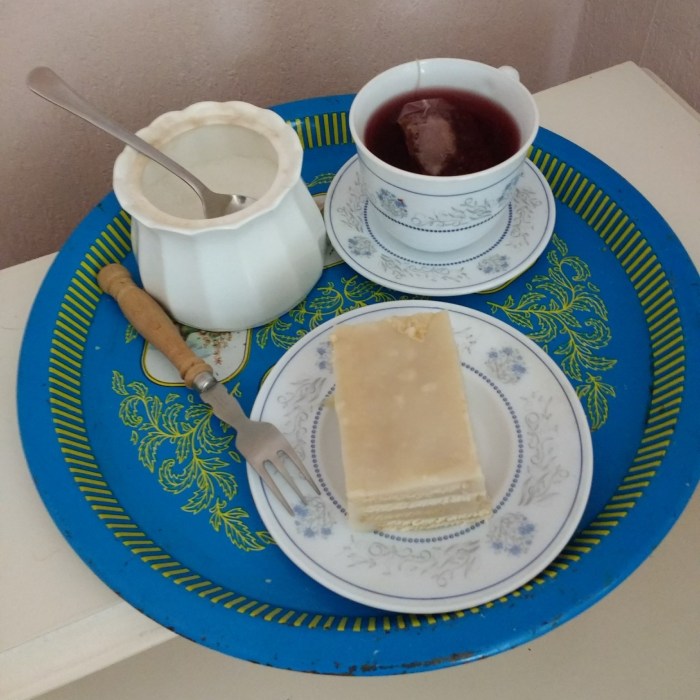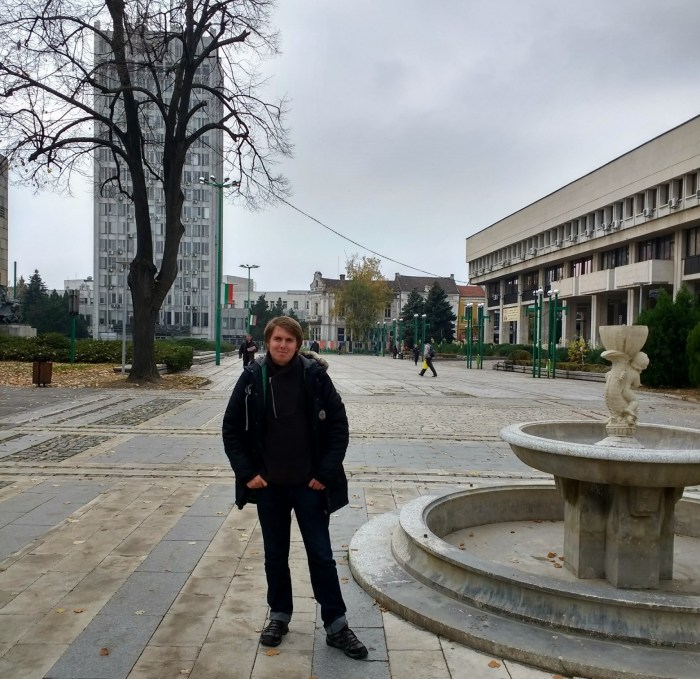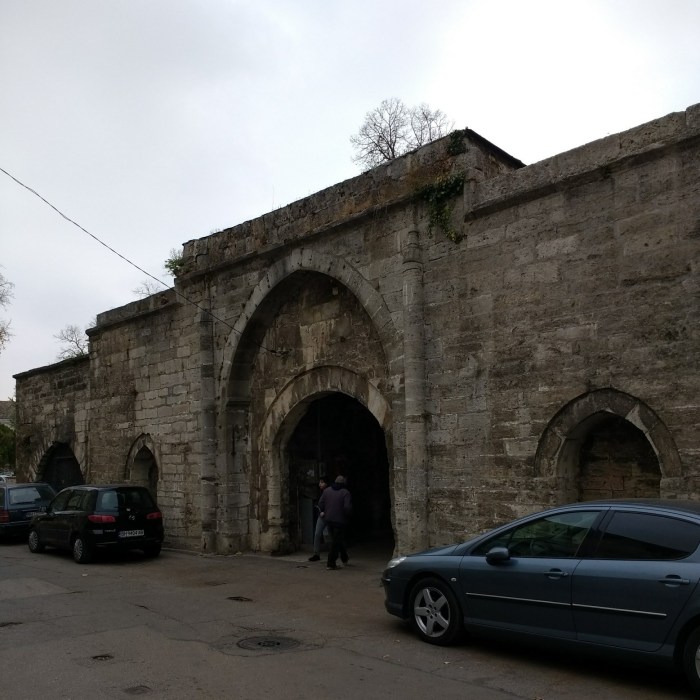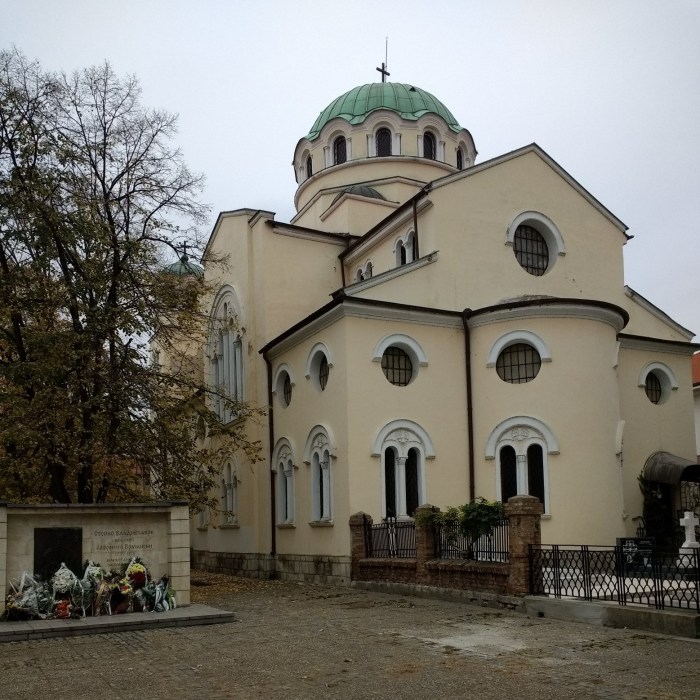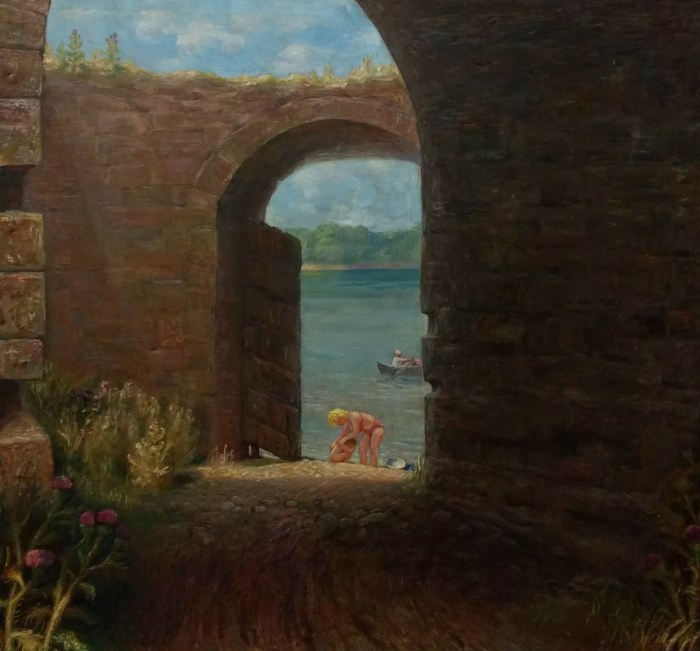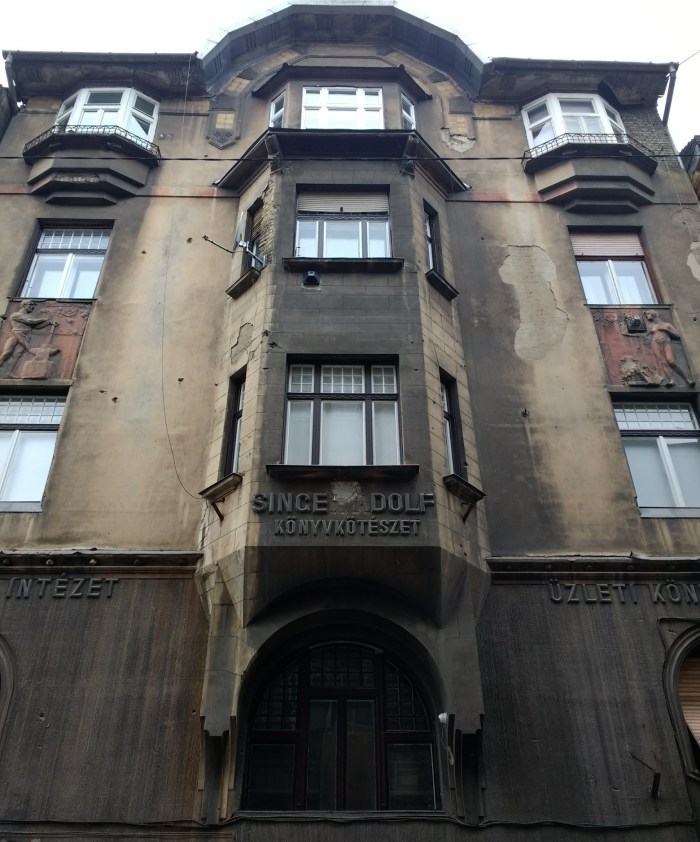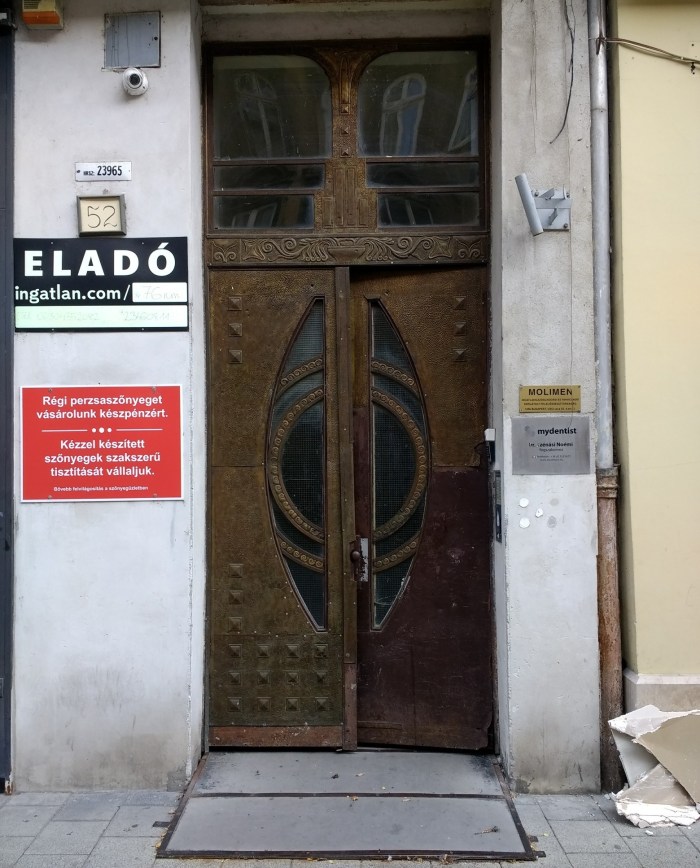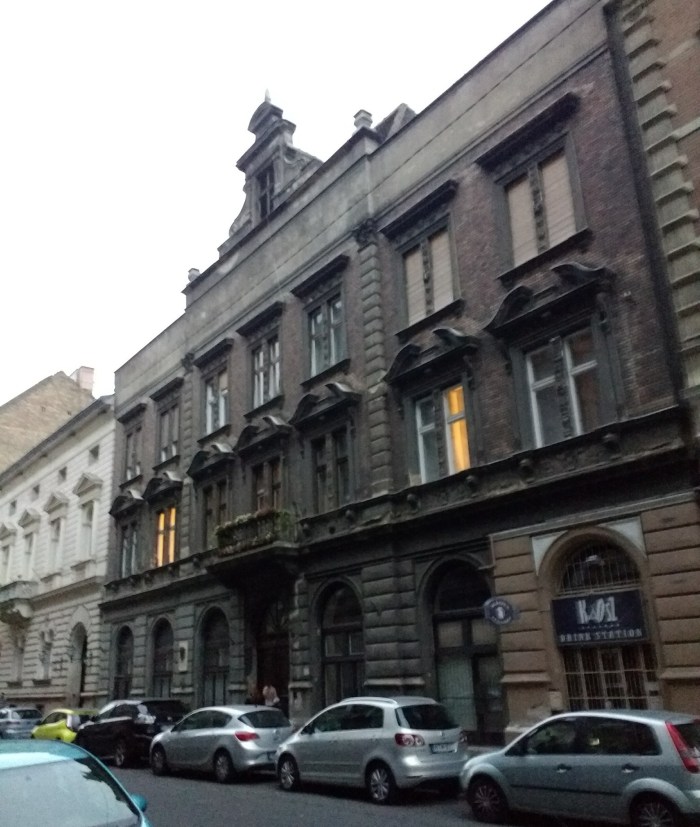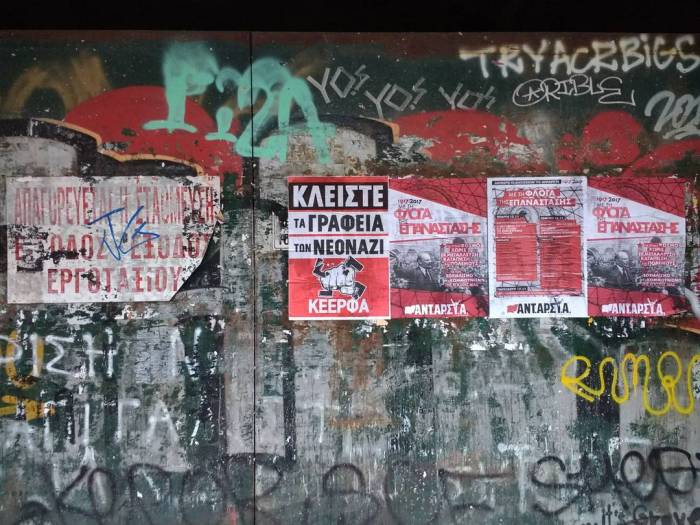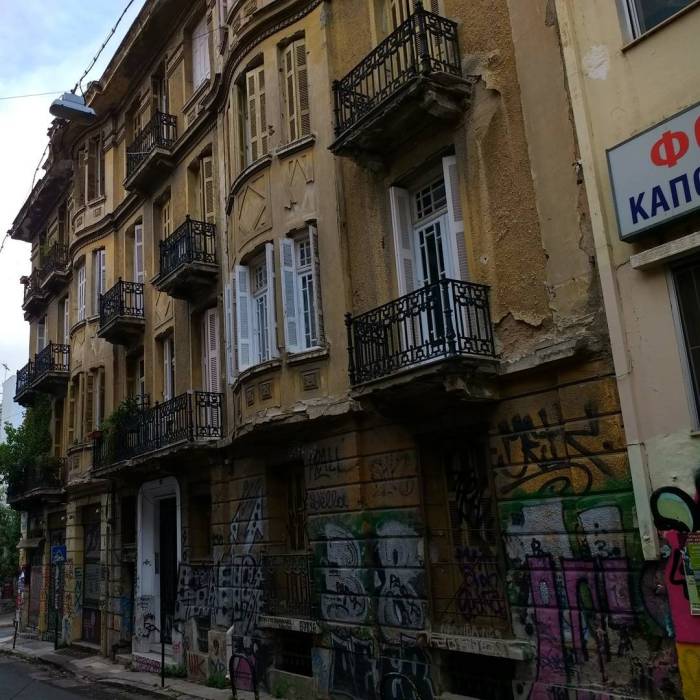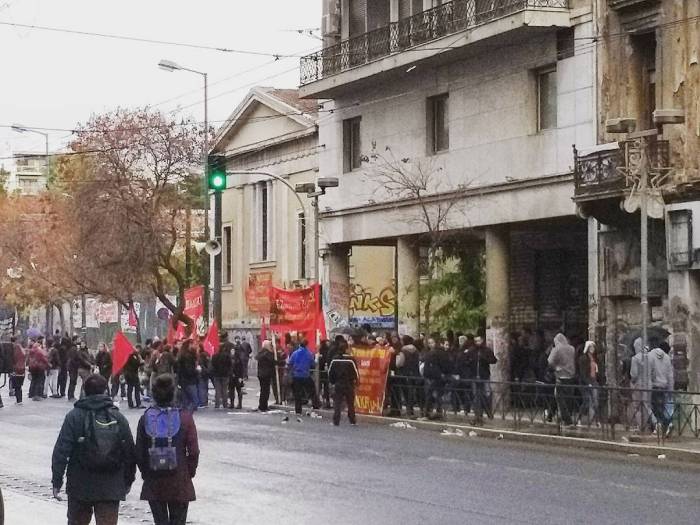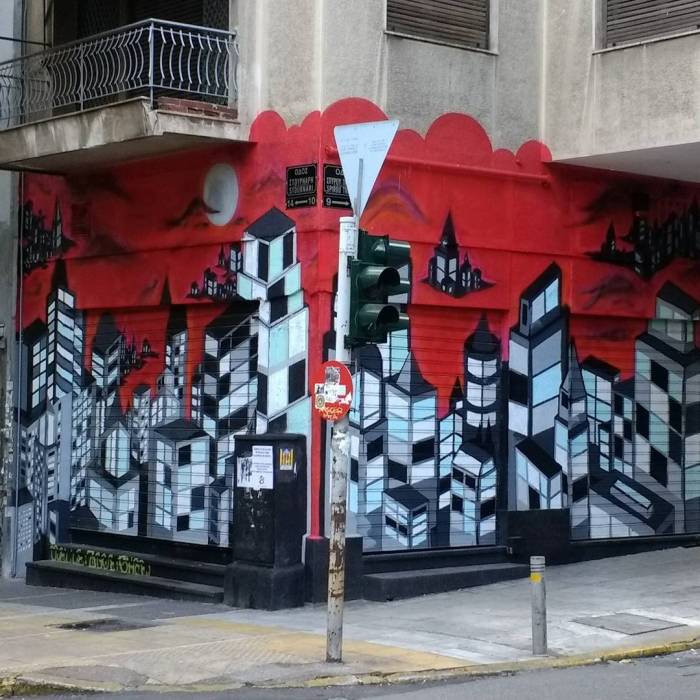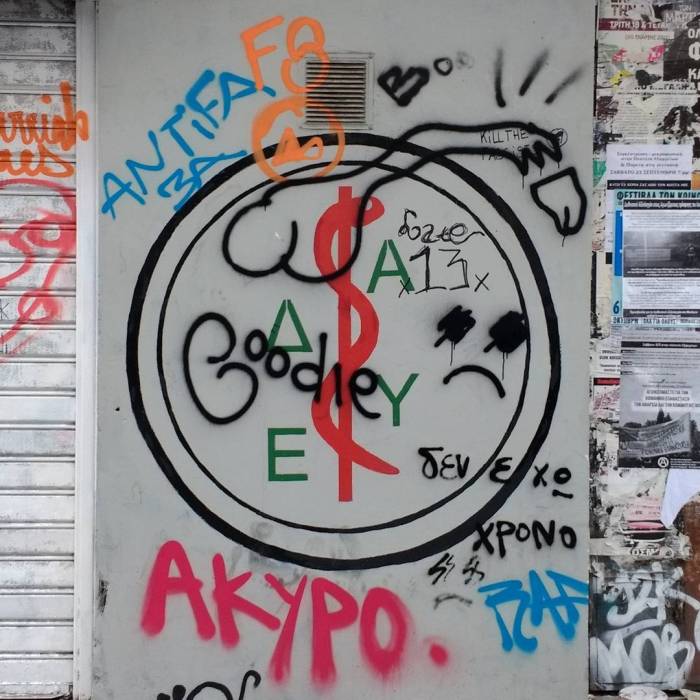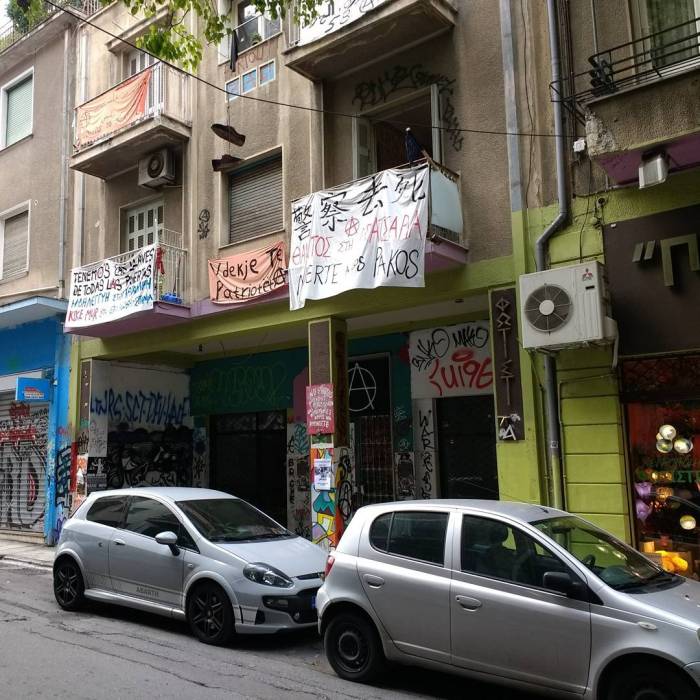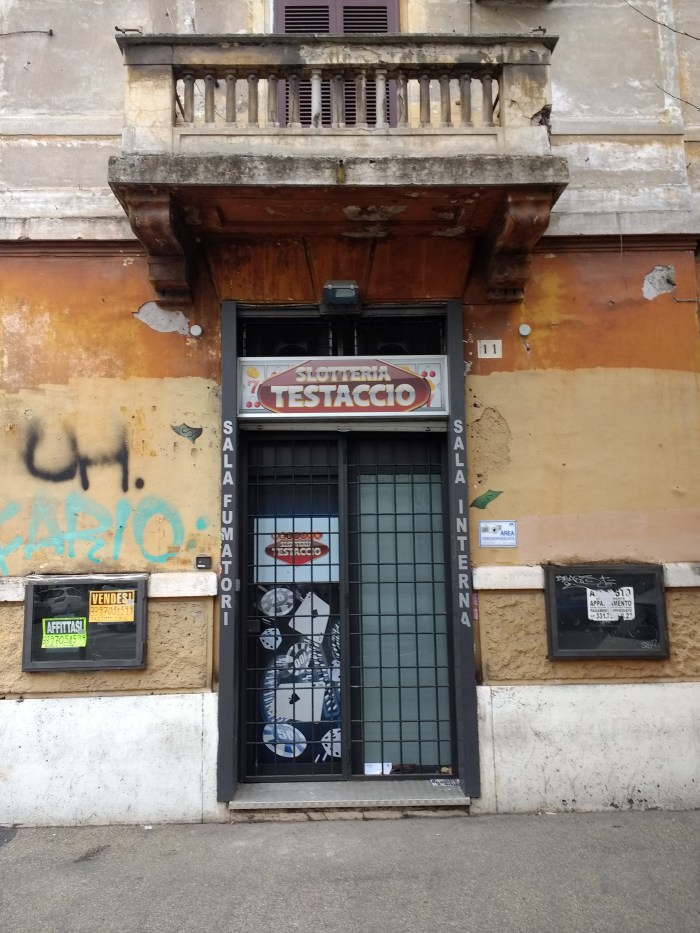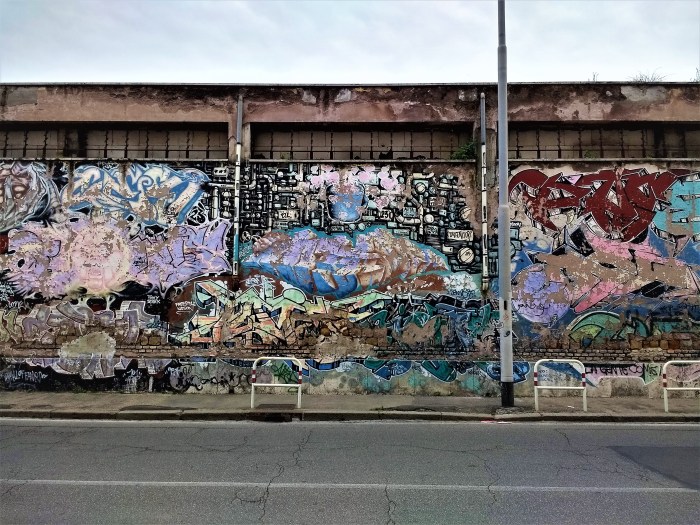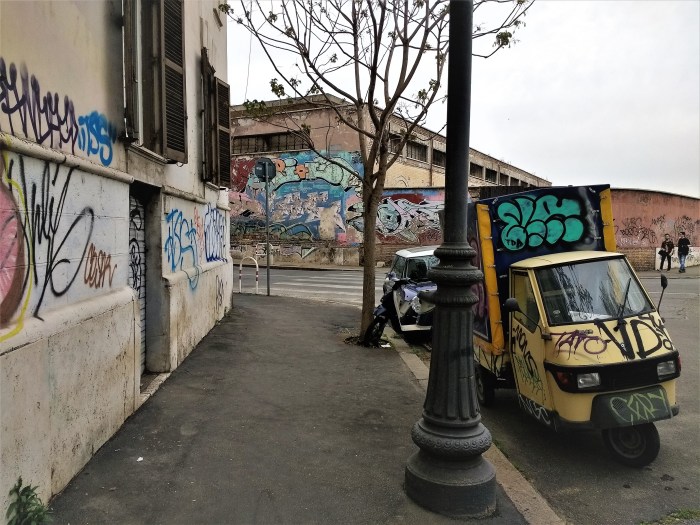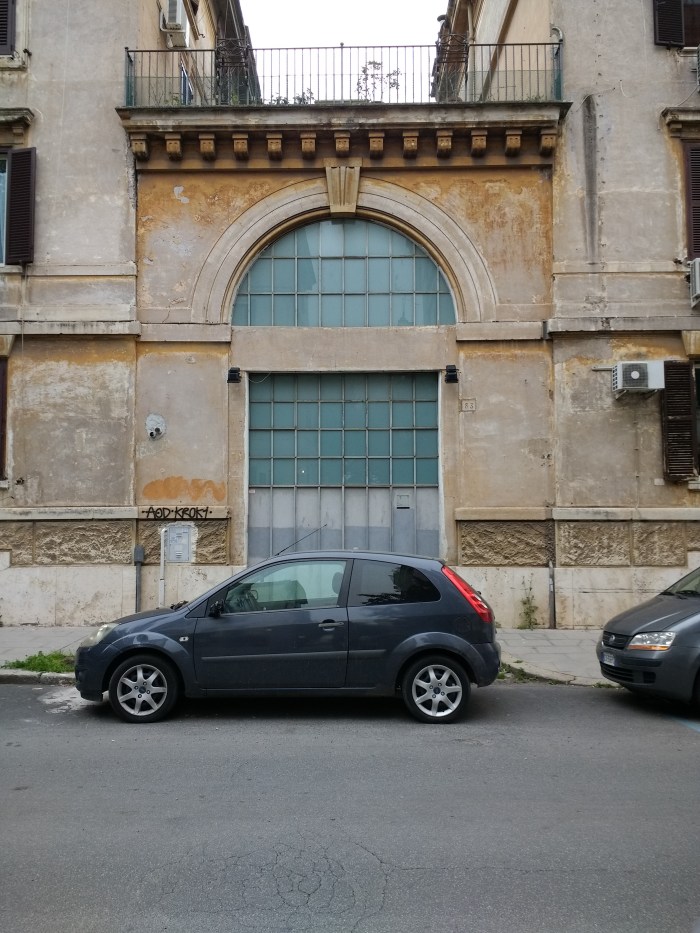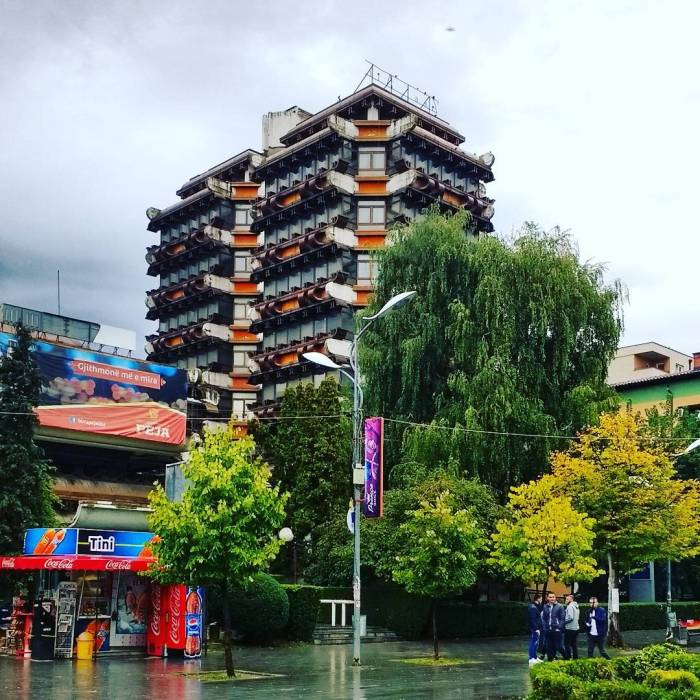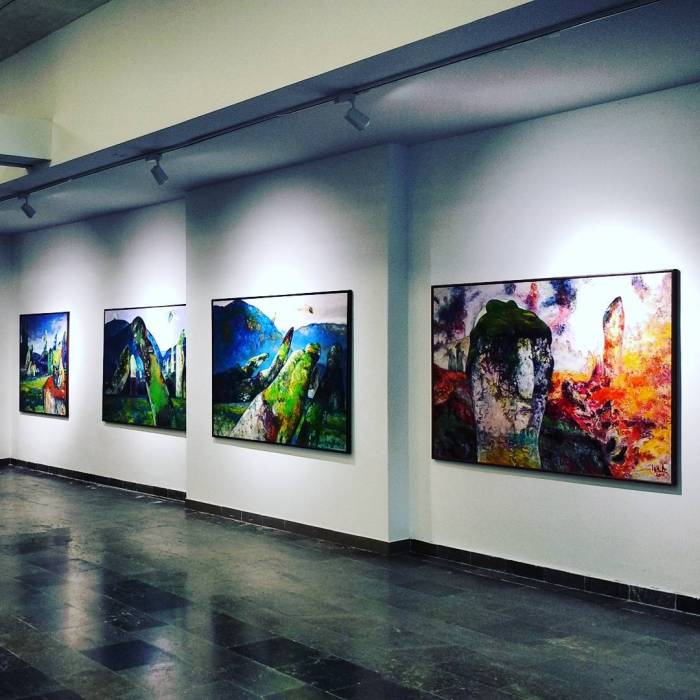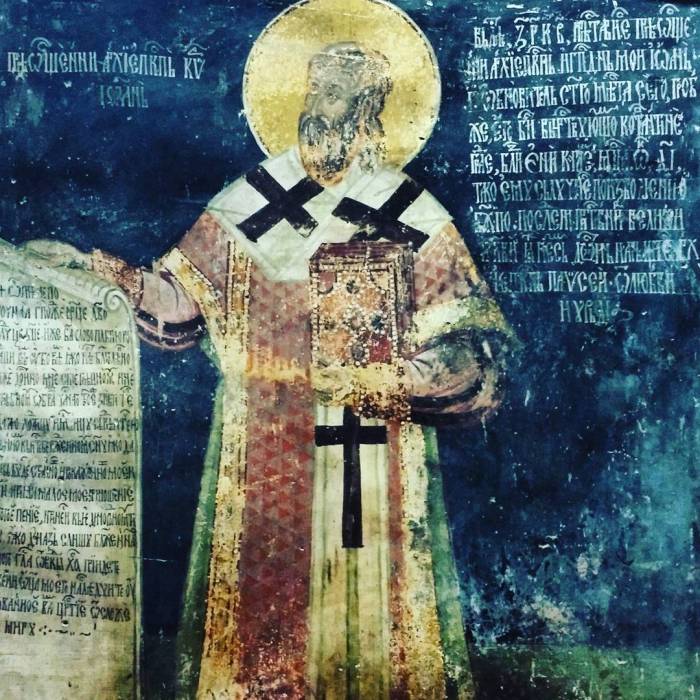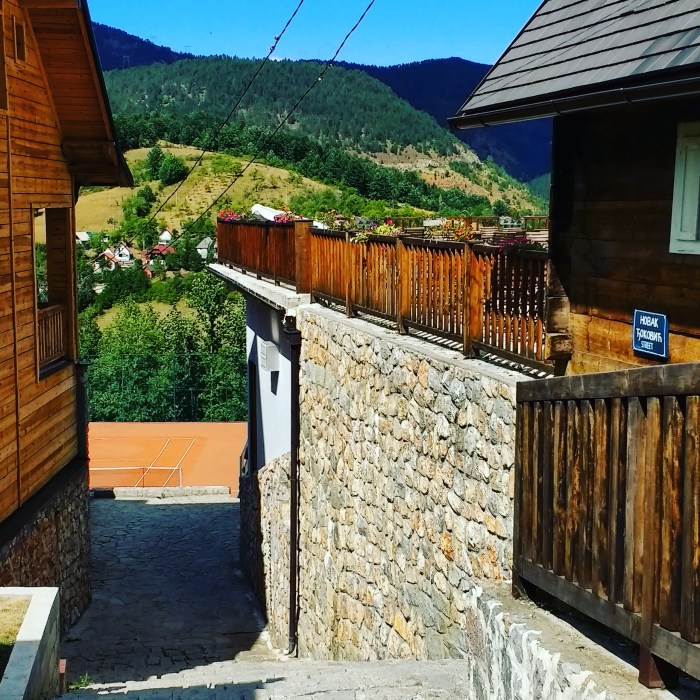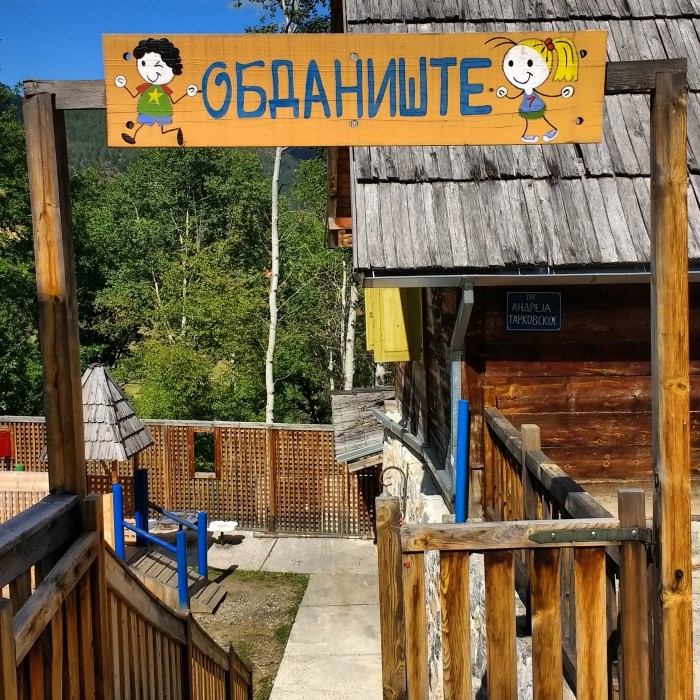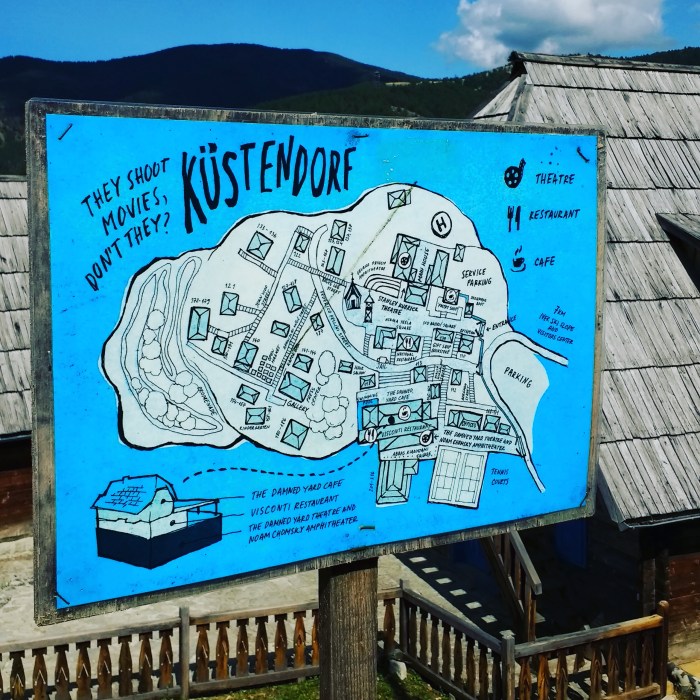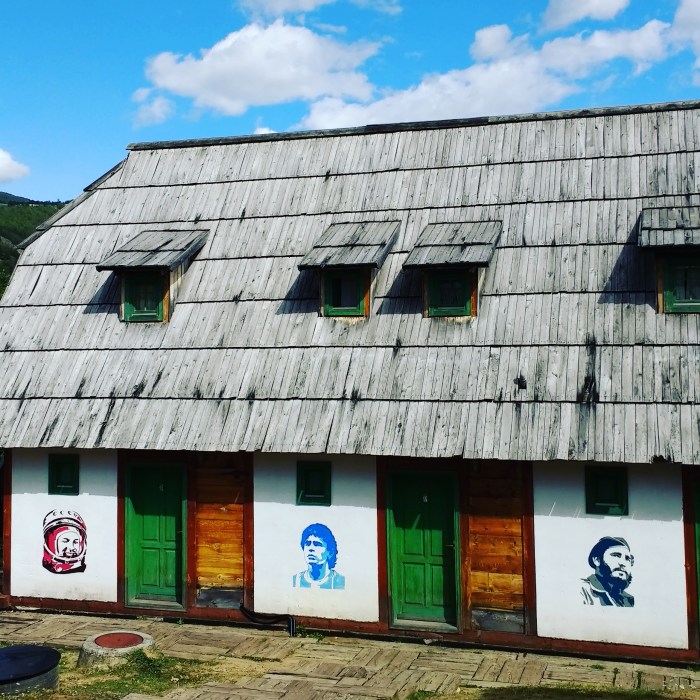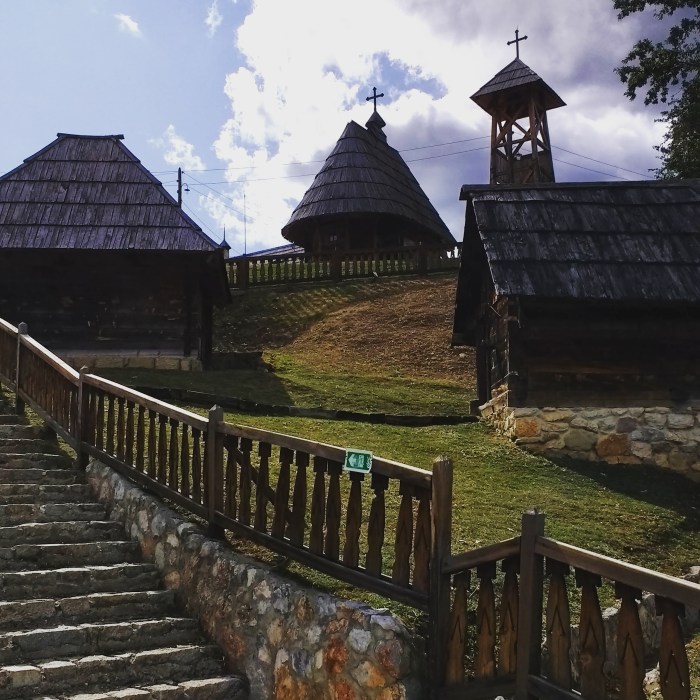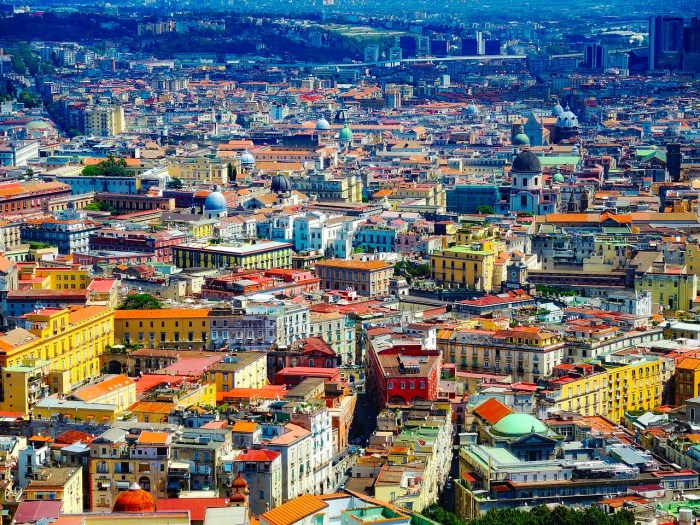
I’d been looking forward to re-visiting the city of Naples for a long time. The last time I was there was very briefly with my family almost 20 years ago in the late 1990s on the way to the Amalfi coast. The thing that I remember most from that trip was not the beautifully pristine holiday brochure perfect Amalfi coast itself. Rather what I remember most vividly from that trip was Naples train station and the streets surrounding it. Seedy, dishevelled, dirty, loud and downright dicey are some of the adjectives that spring to my mind when I look back on it now. I remember walking through the station and trying to break away from my family to read a guitar magazine on one of the vendor stands. My dad immediately pulled me back towards the family and gave me a stern look as if to say, ‘Don’t even think about wondering around here by yourself’. For my parents were on a mission to get the hell out of this station as fast as it was humanly possible like trying to escape from a building about to collapse.
From the holy Umbrian town of Assisi located in the very heart of Italy, I board a discount Flixbus, which via Rome will take me to Napoli. Six hours later I arrive in the bus station. We approach the bus terminal along a road going through a neglected part of the city. The buildings are dilapidated and lathed with aggressive graffiti. Hardly anybody is walking the streets. When I exit the bus, I make my way towards Garibaldi metro station bypassing the train station. On my way to the metro line I walk through a modern shopping mall. My initial impressions this time of the area are more sanguine as much of the filth and grime I witnessed at the train station all those years ago appears surprisingly absent. I am quite disappointed.
I take the metro to Toledo station. When I exit the station onto Via Toledo I arrive on a busy pedestrian thoroughfare. My accommodation is located a few streets away from the station. From Via Toledo I walk through one of the adjacent side streets. This area is also known as the Spanish Quarter. I haven’t been to this part of the city before. The side streets I trudge off the main boulevard is like walking through a tightly connected open neighbourhood where everybody appears to knows one another. Tall crumbling buildings. Endless washing lines. Cheap hole-in-the-wall pizzerias. Buzzing scooters. Madonna and Bambini shrines. People laughing. People shouting. People arguing. What more could I want? This is my place. I am in heaven here.

My temporary neighbourhood in the heart of the Spanish Quarter
My accommodation is located in one of those buildings on the first floor. My room is humongous. It could almost count for a studio flat with a tiny balcony overlooking one of the narrow streets. I rest for a while but soon develop impatient feet and an uncontrollable urge to dive head first into this unruly soup enfolding me. The Spanish Quarter of Naples is like a PG certificate Parharganj retaining all the positive attributes of Delhi’s notorious tourist ghetto district. Thankfully the air quality is better here and there are no aggressive hawkers relentlessly on my trail. When I venture back out I hit a nearby pizzeria and order a margherita pizza to take away for only 3 euros. It is cooked in an enormous dome shaped stone oven. On the counter there is a photograph of Diego Maradona. I already like this place.

My local pizzeria where a traditional Margharita pizza done Napoli style will only set you back a few euros
A few minutes later my pizza is bunged into a takeaway box served to me piping hot. I walk with it back onto via Toledo and try to find somewhere to sit down. I spot a side street with a row of granite seats. Unfortunately, its occupied by shifty looking folk so I keep searching. Finally, on Piazza della Carita I find a spot to sit down. I fold my pizza in half before I munch away at it. The taste is different to other pizzas I’ve eaten across Italy. I notice that the dough is chewier. The ingredients also taste fresher and the basil topping is the cherry on the Napoli cake. I wolf it down like an uncouth savage. If I were eating this thing on one of the park benches by the Houses of Parliament I would have most certainly got some funny looks. But here in downtown Napoli nobody gives a toss.

Piazza della Carita off Via Toledo
Being a Sunday the Via Toledo is full of local families and couples wondering on their evening passegiatta. I walk past an old Baroque church where a gaggle of Bukowski bums are strewn across the steps. Close to the piazza is a small open-air market selling everything from candies and literature classics in Italian to handbags, purses and religious paraphernalia. Further down the via Toledo a vender is selling plastic swords which glow in multi colours. Towards the end of the street there is a large opulent neo-classical style shopping mall called Galeria Umberto. Its very similar to Leadenhall market in the City of London. All the time, I see and hear scooters and motorbikes on every street I walk down whether it’s a main boulevard or some dingy narrow alleyway. The last time I encountered as many scooters and motorbikes was when I was in Hanoi five years ago.

Via Toledo
On the way back to my guesthouse I search for a small alimentari to buy a large bottle of water. I have little success. Whenever I do find a place that’s open its either an ice cream parlour or tourist eatery, which sells small bottles of water for about two euros a pop. I finally get rewarded down a small alleyway corner close to my guesthouse. There in a small Bangladeshi owned grocery shop where I locate a large two litre bottle of water for just one euro.
The next day I head over to Toledo metro station to take a train over to Garibaldi where the central train station of Napoli is located. I wanted to relive my experience from 20 years ago. When I arrive at the station its almost unrecognisable to the one I have those flashbacks of all those years ago. I am surprised to discover a rather modern and funky contemporary looking station redesigned by some hip architect du jour. And with security camaras! Wow!! And there was me thinking I was going to get a taste of Caracas. Even the main piazza Garibaldi outside has some trendy structure around it to make it look all modern and up with the times. I am kind of reminded of the old port area of Marseille which has a modern and hip structure to clean up the rough and tumble image of the city. But you can only fool people so much. Head down any of the narrow streets directly adjacent to it and it’s the same as it ever was. And, fortunately, this is true for Napoli. I head down one of these streets and in almost no time I arrive at a run-down piazza where there’s a small unkempt market of African vendors selling unfolded rags of second-hand clothes. What I was hoping to find is finally here. It’s thankfully midday. At night I would think twice about walking around this part of town. Even the wayward wonderer that is I has at least a modicum of common sense.

Market stalls near Piazza Garibaldi
By this rough and tumble piazza, there is a small castle like façade marking the gateway to the Quartiere Pendino. This part of the city is arguably the most busted and down at heel. Yet it’s a tantalising area to explore. I develop mental images of the La Goute d’Or district in Paris nestled within the triangle of Barbes Rouchechouart, Chateau Rouge and La Chapelle metro stations.




Photos from the Quartiere Pendino
As well as people from different parts of Africa there’s a huge south Asian community. I spot a handful of Napoli Indian Bangla eateries. There are many outside fruit and vegetable vendors where a kilo of lemons or tomatoes can be picked up at rock bottom prices. Yet it’s the site of the seafood vendors that tickle my imagination. It is raw sight with no refined presentation. Freshly caught seafood – bosh – in white plastic water filled containers or on large crushed ice slopes ready to be bought. Here one could be mistaken for being in one of the gritty streets of Victorian London or Canaletto era Venice. Sacks of muscles, clams and mountains of prawns and mini squids are all waiting for overworked chefs to transform into a sumptuous linguini alla vongole dish.

A fish stall in the Quartiere Pendino
Leaving the Quartiere Pendino district en route towards Via Dei Tribunali in the centro historico district I spot a pizzeria and order a Capriccioso pizza – the full monty. It doesn’t disappoint, just like the pizza I had last night at my local in the Spanish quarter. Via Dei Tribanali is the heart of the historic centre of Naples. Its less off the beaten piste than Quartiere Pendino but it’s also a true slice of raw Napoli nonetheless. There are many old churches around here. My first stop here is the Quardreria e Cappella del Pio Monte della Misericordia.

On Via Dei Tribunali in the historic centre
Inside the chapel at the main alter is an enormous oil painting by Caravaggio entitled Le Opere di Misericordia. There are also paintings by other Baroque era Italian artists such as Luca Giordano, Battistello and Fabrizio Santafede. Giordano’s Deposizione painting features Christ being….. Sadly it is difficult to fully scrutinize Caravaggio’s painting. It is located too far away and the electric light around it obscures parts of the painting.

Caravaggio (1571 – 1610) – Le Opera di Misericordia
The 7 euro entry fee is worth it though since the price also includes entry to a separate Pinacoteca art gallery on the grounds of the Pio Monte della Misericordia. There are several paintings on display by the 18th century Italian painter Francesco De Mura. He is a very skilled realist painter from the same tradition of Caravaggio who came before him. There is humanity and emotion exuding from his paintings, most notably his Cristo alla Colonna (1760) and San Paolo Eremita che adora la Croce (1760) paintings. Yet its not on the same visceral scale.

Cesare Fracanzano (1605-52) – Miracolo di in indemoniato
The 17th century Baroque painter Cesare Fracanzano’s Miracolo di un indemoniato painting gets closer to core of what made Caravaggio such a powerful painter of the human condition. In another corner of the pinacoteca are a number of donated works of art by a group of international contemporary artists. One of the leading figures of the Italian Arte Porvera movement, Jannis Kounellis, is featured as are two other important Italian artists of the Transavangardia movement of the late 70s/early 80s; Francesco Clemente and Sandro Chia. The 1970s conceptual artist Joseph Kosuth is in there as is the Austrian sculptor and conceptual artist Franz West. Anish Kapoor has a recent work from 2011 appearing on initial glance to be formed from bee’s wax or caramel but is most likely to be resin solution.

Francesco De Mura (1696 -1782) – Portrait from 1735
Back in the main area of the Pinacoteca, I find another painting by Francesco De Mura, which stops me in my tracks from 1735 of a portrait of a voluptuous female aristocrat. She radiates unhappiness, boredom and repression. There’s a feistiness inside of her which is wanting to explode, yet it will remain trapped. I think of the French painter Ingres’s Madame Moitessier portrait, which he made over a century later. Both exude a kind of Junoesque beauty and both look bored, yet Ingres’s subject appears less intense.

Jusepe de Ribera (1591 – 1652) – Portrait of St Antonio Abate
A portrait of St Antonio Abate by the Baroque Spanish master Jusepe de Ribera is in the collection. The portrait has an acute Caravaggio style realism and humanism to it. The old man’s face, beard, eyes and left hand is painted unadulteratedly in all their detail. There are no embellishments or mannerisms. Caravaggio’s chiaroscuro technique is executed very skilfully too.

Giovanni Baglione – Sepoltura di Cristo
One of the highlights of the Pinacoteca’s collection come’s towards the end of my visit via a painting by Caravaggio contemporary Giovanni Baglione entitled Sepoltura di Cristo. In this painting Christ is painted in a seductive homo-erotic way. Muscular with toned olive skin, almost fully naked with an angelic face. A body and face so beautiful it’s impossible not to be moved by this painting. The people around him are full of sorrow too. It is a modern and human painting and the faces of the other figures look so contemporary they could be walking the streets this minute.

Piazza Bellini
Back on Via Dei Trubunali I walk towards Piazza Bellini. There are several vendors selling all kinds of miscellaneous knick-knacks and souvenirs. Lots of Diego Maradona related items. In Napoli he almost has the same status as the patron city saint himself San Genarro – more on him in a bit. In the 80s Maradona played for Napoli and so he has a special place in the city’s heart. At another stand I spot a column of toilet paper rolls with the faces of politicians on each sheet. The Italian politicians Berlusconi, Renzi, Salvino and De Maio make the cut as do Trump, May, Macron, Merkal, Putin and Kim Jong Un.

From one of the many of the souvenir stalls in the historic centre
Piazza Bellini, located at the end of Via Dei Tribunali, features a statue of the 19th century Italian opera composer Vicenzo Bellini whom the piazza is named after. His statue is defaced with graffiti. By the piazza there are some vendors selling second-hand books. I spot several art books priced from just a euro yet all the text is in Italian. Nevertheless I locate a large series of A3 size booklets featuring large high quality colour photographs of works by different old master artists of the past. Corregio, Mantenga, Hugo Van der Goes, Parmagiano, Carpaccio and many more are here. Nearby I visit a couple of bric-a-brac shops selling random objects and artefacts such as figures of St Francis of Assisi, period cabinets, lamps and porcelain crockery. In one corner I spot a figure of an old saint or vagrant dressed in rags carrying a rusted metal tin.

In a small antiques/bric a brac shop by Piazza Bellini
Most of the walls of the city are covered in graffiti and political and propaganda posters. I spot one small poster with the following slogan, ‘Napoli Non Si Vende!’ (Napoli’s not for sale). I walk aimlessly along the graffitied streets of the San Giuseppe quarter in an almost delirious state.
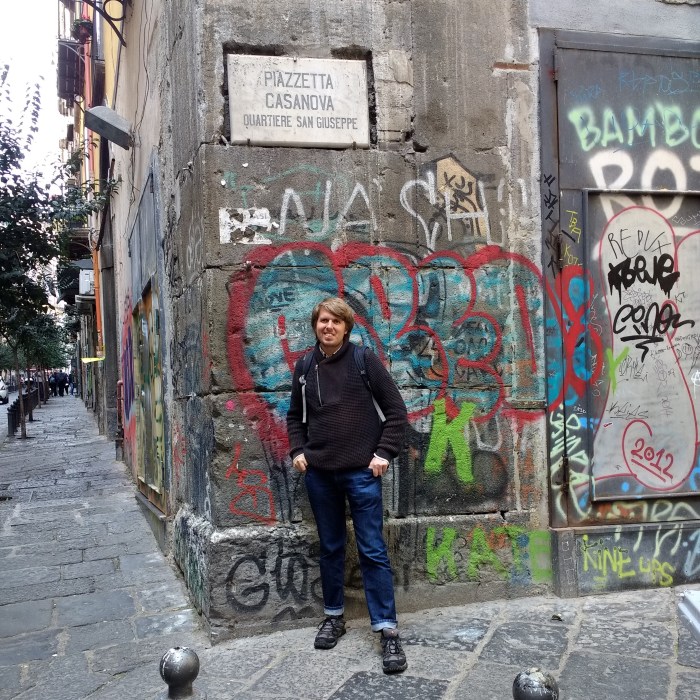
Yours truly at Piazzeta Casanova near the historic centre
When I do get off my cloud I make my way to Naples’ Duomo or main cathedral. It is an outstanding and impressive Gothic cathedral dating back to the early 13th century. Yet I’ve come to see the smaller basilica of Santa Restituta located adjacent to the main Duomo. It is also the oldest building in Naples dating back to 324 AD when it was constructed by Constantine. Inside there is a small baptistery with relics and mosaics going back to 5th century and early Christian times after Antiquity and the fall of the Roman Empire.

The Santa Restituta basilica – the oldest building in Naples dating back to 324 AD
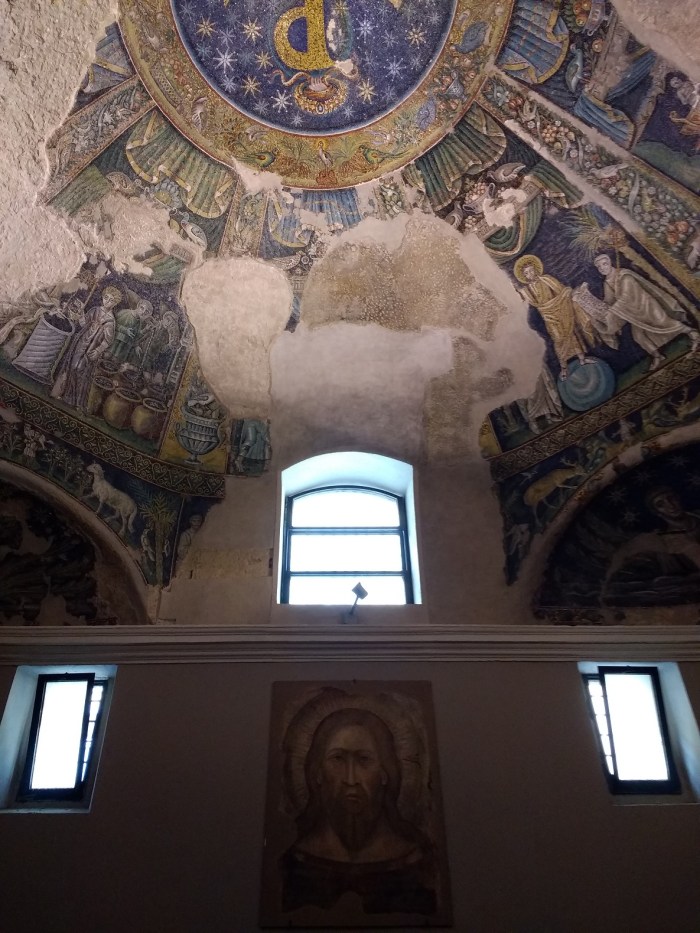
Inside the baptistery of the Basilica containing mosaics and relics dating as far back as the 5th century AD
When I return to the Duomo I enter the Royal Chapel of the Treasure of St Januarius or San Genarro, dedicated to the patron saint of Naples himself. He is somewhat of a legendary figure who died in 305 AD. When his body was transferred to the cathedral two glass vials containing his dried blood liquefied. They are kept in a silver reliquary behind the alter. This ‘miracle’ has continued to repeat itself at least three times a year (on the first Saturday in May and on September 19th and December 16th). The liquefaction during a special mass on those days. To many San Gennaro is viewed as the saviour and protector of Naples and if the blood doesn’t liquefy on those auspicious dates, then catastrophic events are supposed to besiege the city.
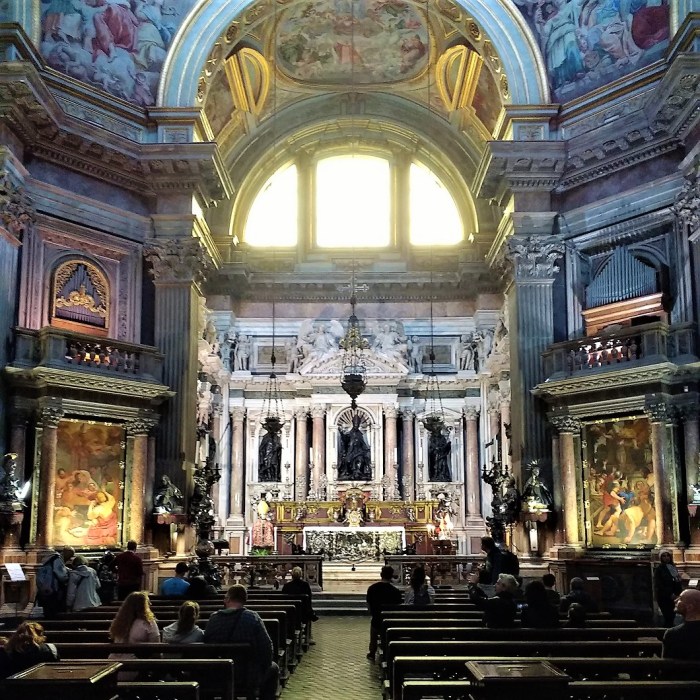
The Royal Chapel of the Treasure of San Genarro
The following day I walk to the end of Via Toledo on to Piazza Dante lined with an ornate, albeit crumbling, crescent of attractive Baroque era architecture as well as a prominent white statue of the great poet himself. It is a seedy area and by the statue there’s a banner advertising an organised demonstration of free health care for everyone.

Piazza Dante
I re-enter the historic centre of Naples simply meandering and walking dreamily along the main thoroughfares and side streets. On one of the streets in this part of town, Via San Gregorio Armeno, I feel like I am walking through a corner of the old medina of Fez in Morocco even if its just for a fleeting moment. In this part of town I visit the classically Baroque church San Gregorio Armeno, which contains frescos by the Neapolitan Baroque era artist Luca Giordano. Inside it is a truly luxurious church with ornate and opulent walls, arches and ceilings. The Giordano frescoes crown it all.
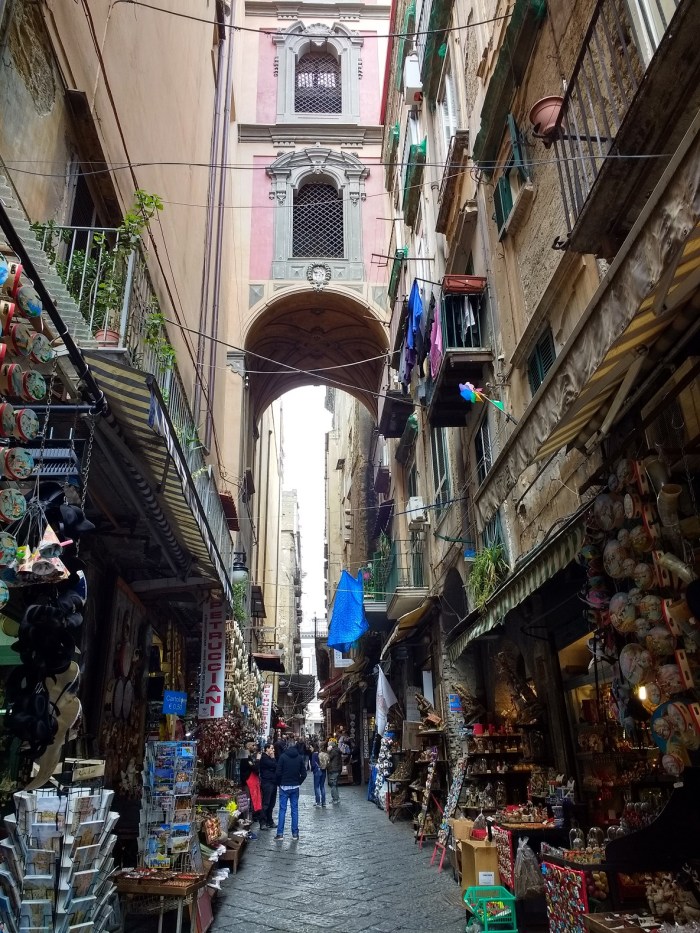
Via San Gregorio Armeno

The Baroque style San Gregorio Armeno church with frescoes by Luca Giordano
I walk away from the historic centre and onto Via Forcella. This is classic unkempt Napoli where one can find outdoor vendors selling groceries for a fraction of the cost of those at established supermarkets and alimentaris. The concentration of tourists from the area around the historic centre has declined here and all that can be found are local Neapolitans going about their daily life. As I wonder through this part of town I look for a cheap and authentic pizzeria. By chance I stumble upon L’Antica Pizzeria ‘Da Michele’.

Life goes on around Via Forcella
Little did I know that this place is something of an institution and is heaving with locals and tourists who make the effort to get here. Originally established in 1870 this pizzeria specializes in one pizza and one pizza only; La Margherita. 4 euros will get you a ‘normal’ sized pizza. 4.50 a medium sized one and 5 a large one. The boys are hard at work at the back working like the most overworked Amazon worker on a hardcore treadmill. The difference here being that they live and breath the work. Its popularity means that this place is no secret and photographs adorn the walls of the proprietors with Italian politicians Matteo Renzi and Luigi De Maio as well as a photo of Julia Roberts eating at the establishment. I don’t fancy the long wait to eat inside so I order a pizza to go. I find a bench to sit nearby to it. Most of the pizza is covered in a thick film of olive oil. I let some of it drip onto the pavement so it doesn’t get on my clothes. The pizza is heavenly. It is so delicate it melts in my mouth. Moreover, all the ingredients taste and feel fresh and not processed. The best margherita pizza I have ever had period.

Outside pizzeria ‘Da Michele’ – an institution in Naples

The best margherita pizza I have ever had
I revisit the historic centre for an idle wonder and decide to walk towards Piazza Garibaldi. I walk along the main boulevard Corso Umberto I via Piazza Bovio and Piazza Nicola Amore. Continuing on from Piazza Nicola Amore and getting nearer to Piazza Garibaldi, I walk past the dinghy side streets I became familiar with from yesterday morning. The kind of streets where Caravaggio would be fighting and quarrelling with those who had the temerity to rub him up the wrong way. Jim Morrison chose to crash in Paris, but he would have felt in his place on those streets. As would have the great precocious French poet Arthur Rimbaud. Their hatred of stultified, vacuous petit bourgeois society would have made this place a paradise for them. There’s something of the Petit Socco district of Tangiers here. When I reach the central station of Naples I decide to purchase a ticket to the ancient Greek civilisation of Paestum for the next day.
I conclude my time in Napoli with a visit to two of the most well-known sites in the city, the Museo Nazionale di Capodimonte and the National Archaeological museum. Even if you have just a passing interest in art and art history through the ages, they both contain a very rich collection of important and landmark paintings, sculptures and artefacts. One of the highlights are the works from the Farnese Collection, especially the classical sculptures in the National Archaeological museum. The Capodimonte museum is located in a grand red stately home like building on the outskirts of the city centre in a park on top of a hill with some awesome vistas over the city. The building is in fact called the Palazzo Reale di Capodimonte, which was once the royal residence of the Bourbon King Charles III. It dates back to 1738 and is today home to one of the best collections of art in Italy. I walk all the way to the museum. It is a long walk but sometimes I like to take a long walk through a city to discover corners of unexpected delights and nuances. Even when I travel from one part of the city to another by public transport to reach my desired destinations, I often feel that I miss things on the way. The process of the journey is sometimes just as important as the destination itself.

The Museo Nazionale di Capodimonte
The Museo Nazionale di Capodimonte has a huge collection of Renaissance era paintings (including paintings by Simone Martini, Masaccio, Mantegna, Botticelli, Bellini, Correggio and Titian) as well as many paintings by Baroque and Napoli masters. Of those works, Artemisia Gentileschi’s Judith Slaying Holofernis (1612-13) and Caravaggio’s The Flagellation Of Christ are two distinct highlights.

Caravaggio (1571 – 1610) – The Flagellation Of Christ
Caravaggio is well known for his brutal and gritty realism and knack for visceral and raw emotion in his work, but this painting is one of his strongest works if not his best. It’s a modern painting too. The two sinister and intimidating looking figures to the left and right of Jesus look like they could have been plucked from the set of The Football Factory.
Artemisia Gentileschi is unique for her time, since she was a female artist during an age when it was difficult to be accepted and validated. The Italian art historian Roberto Longhi called Gentileschi, ‘the only woman in Italy who ever knew about painting, coloring, drawing, and other fundamentals’. She was part of a generation of painters that came after Caravaggio and were inspired by his works. Her Judith Slaying Holofernis painting is disturbingly graphic and full of gore; the sword is halfway through Holofernis’s neck and the bed sheets are covered in blood. It’s realism and the chiaroscuro technique may be influenced by Caravaggio, yet not even Caravaggio’s most brutal paintings such as the ones featuring the severed heads of Goliath and John The Baptist reach this threshold of vivid violence.

Artemisia Gentileschi (1593 – 1656) – Judith Slaying Holofernis (1612-13)
In this painting it is the woman who has the power over the man. Judith takes revenge on Holofernis for raping her. Today Holofernis could represent the disgraced Hollywood film producer Harvey Weinstein and Judith the sum of all the women accusing him of sexual assault. All their cathartic rage and pain is channelled and processed into the sword hacking away at the head of their tormentor. The museum also has a good selection of modern and contemporary art works. There’s a huge black relief installation by the Italian artist Alberto Burri as well as a room containing a work by Jannis Kounellis featuring an assortment of large terracotta vases. Elsewhere there are works by other important post WW2 Italian artists such as Giulio Paolini, Mario Merz, Michelangelo Pistoletto, Gino de Dominicis, and Mimmo Jodice.
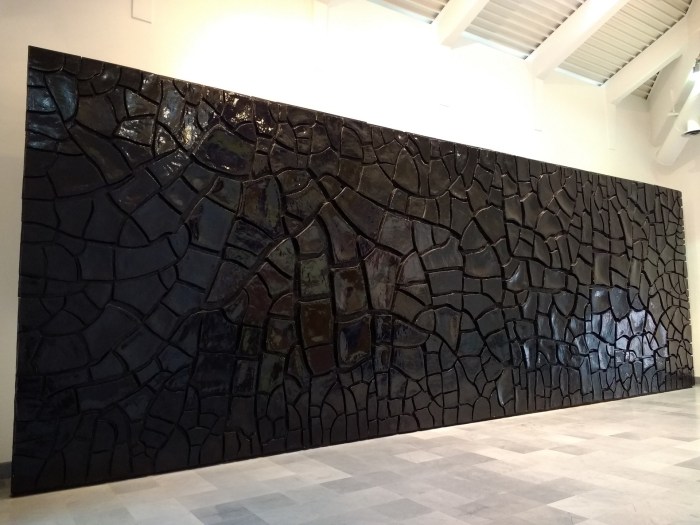
Alberto Burri (1915 – 95) – Grande Cretto Nero (1978)

Jannis Kounellis (1936 – 2007) – Untitled (1989)
The National Archaeological museum is a vast sanctuary of classical artefacts. Some of tremendous significance. There is a sizable collection of Egyptian artefacts, Roman mosaics and many of erotic art artefacts from the Roman period. Of all the erotic art in the museum, the frescos and the sculpture of Pan having sexual intercourse with a goat are the most outstanding.



Erotic frescos from the Roman period at the National Archaeological Museum

Erotic sculpture of Pan and a goat from the NAM
Yet the most important part of the museum is arguably the classical sculptures from the Farnese collection. Many of the sculptures in this collection are Roman era copies of original sculptures made during the Classical Greek period.

Venus Kallipygos sculpture at the NAM

Artemis of Ephesus sculpture at the NAM
Of those works the refined and elegant Venus Kallipygos sculpture, the mixed-material Artemis of Ephesus (an oddity of a sculpture for its time not sticking to the standard rules of classical sculpture) and the giant Farnese Bull are three highlights.

The Farnese Bull sculpture at the NAM
The Farnese Bull is unique since it’s the largest piece of classical sculpture ever discovered. Yet what is interesting is that when the work was first discovered, all the pieces of the sculpture were fragmented, and it was only through extensive restoration that it was all re-connected back to its original form – quite a feat.

Oscar Wilde and Bosie in Naples in 1897
Vedi Napoli e poi Muori indeed. It has been one hell of a banquet lapping up this raw pearl of a city. So much so I feel like I can die with a smile on my face. On my last evening in Naples, as I surf the net on my laptop, curiosity leads me to the great playwright, writer, poet and wit Oscar Wilde. I discover a few grainy black and white photograph from 1897 of Oscar with his on-off friend and lover, the poet Lord Alfred ‘Bosie’ Douglas, in this city. Having spent two years in prison on charges of homosexuality (this was Victorian Britain) brought to the fore by Bosie’s father, the Marquess of Queensbury, Oscar turns his back on Blighty. With his reputation in tatters he heads south. It is in Naples where he settles with Bosie for the latter part of 1897 before moving to Paris where he would remain until his death in 1900.
By Nicholas Peart
(c)All Rights Reserved
